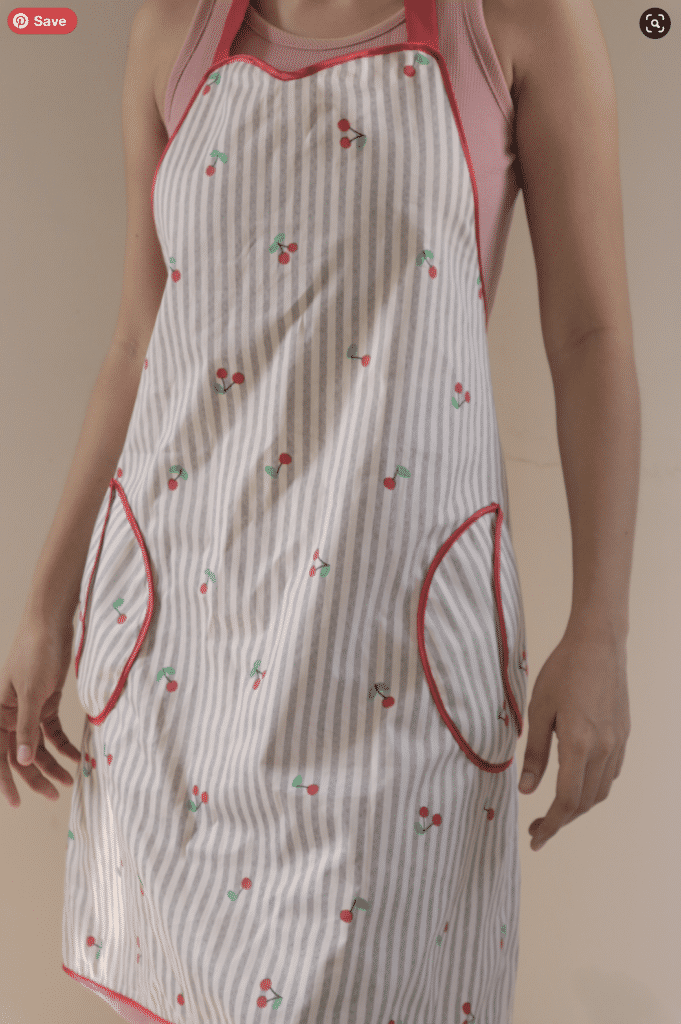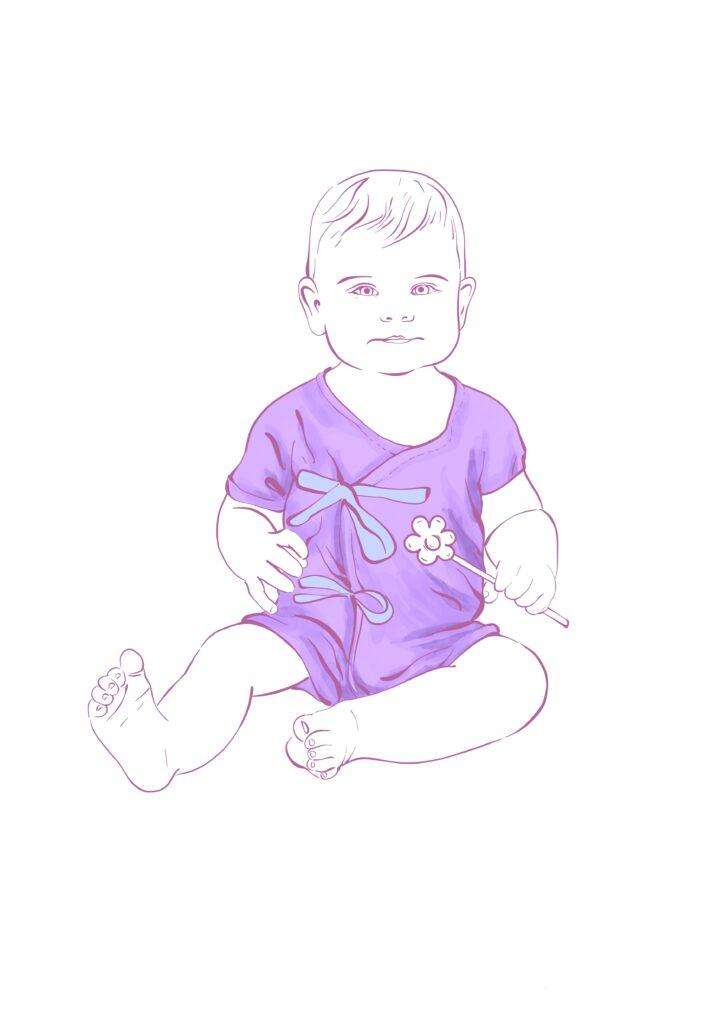- The Sewing Brew
- Posts
- 💥Shape Me—The Sexy Secrets of Sewing in Boning!💃
💥Shape Me—The Sexy Secrets of Sewing in Boning!💃
Save Money and Master Your Sewing Skills with These Expert Tips!

Let me ask you a blunt question…
When was the last time one of your sewing projects stopped traffic? Not just “that’s nice” compliments—but the kind of double-takes people give when they see a garment that looks like it just walked off a runway.
Most home-sewn clothes never get that reaction. Why? Because they collapse. They sag. They look homemade.
What separates the show-stoppers from the “meh” pile is structure. And the #1 tool for giving your garments that sculpted, boutique-quality silhouette? Boning.
Boning is the difference between a dress that hangs and a dress that commands attention. Between “that’s cute” and “where did you BUY that?”
The first time you hear the word “boning,” it sounds intimidating. Maybe even like you’ll ruin your project. I’ve been there. But once you know the types, the tricks, and the tools—it’s easier than you think. And the payoff? A garment that screams “custom designer” every time you put it on.
So if you’re ready to give your sewing creations a spine (literally and figuratively), here’s where to start…
The Foundation of Structured Garments
Understanding Boning
Boning is not just another sewing add-on—it’s the backbone of a structured garment. For centuries, dressmakers relied on whalebone to give bodices their sculpted shape. Today, you’ve got better, more practical options: steel and high-quality plastics that deliver the same support and structure—without the whale.
Here’s the payoff: a bodice reinforced with boning doesn’t just fit—it transforms the entire garment. It sculpts the figure, holds the silhouette, and instantly elevates your work from “homemade” to designer-level finish. That’s why mastering boning, especially in corsets and fitted bodices, can be a total game-changer for your sewing.
Key Elements of Boning
Sewing in boning comes down to three critical steps:
Preparation: Measure carefully. Cut the boning slightly shorter than the seam allowance so it won’t dig or cause discomfort.
Installation: Choose your method. Insert boning into sewn casings or slip it directly into the seam allowance—both techniques have their place.
Finishing: Shape matters. Align the boning to follow the body’s natural curves and secure it with stitching so it doesn’t shift, buckle, or twist.
When you nail these three steps, you don’t just add stability—you create garments that command attention and wear like a dream.
Creating Boning Channels: A Step-by-Step Guide
Creating and Attaching Channels for Boning
Channels, or casings, house the boning and keep it in place, ensuring comfort for the wearer. These can be made using bias tape or seam allowance. The width of the channels is crucial; they must be snug enough to hold the boning securely but not so tight as to hinder insertion.
Prepare the Boning:
Cut the boning to the desired length, ensuring it's slightly shorter than the seam or area where it will be inserted.
If using plastic boning, round the edges with scissors or cover the ends with fabric tape to prevent poking through the fabric.
Create a Boning Casing:
Cut a strip of fabric or use premade bias tape to create a casing.
Fold the fabric strip in half lengthwise and press, then sew along the long edge to create a tube. The casing should be wide enough to fit the boning securely.
Position the Casing:
Pin or baste the casing along the seam allowance or garment edge where the boning will be inserted. Common areas include bodice seams, corsets, and bustiers.
Ensure the casing is straight and aligned with the seam.
Sew the Casing to the Garment:
Sew the casing onto the garment, stitching close to the edge of the casing on both sides, leaving one end open for inserting the boning.
Be sure to sew through the seam allowance without affecting the exterior of the garment.
Insert the Boning:
Slide the boning into the open end of the casing. Ensure it fits snugly but without stretching the fabric.
Push the boning all the way to the bottom of the casing.
Secure the Boning:
Once the boning is in place, sew across the open end of the casing to secure the boning inside.
You can also reinforce the stitching at the top and bottom of the casing to prevent the boning from shifting during wear.
Final Check:
Check that the boning is lying flat and comfortably inside the garment without causing distortion to the fabric.
If necessary, press the garment carefully, avoiding direct heat on plastic boning.
These steps will ensure the boning is neatly inserted and provides the desired structure to your garment.
Frequently Asked Questions About Boning
Can You Hand Sew Boning?
Yes, hand sewing boning is possible, especially for smaller projects or when a sewing machine is unavailable. Patience and precision are key to ensuring a secure and neat finish.
Can You Sew Through Plastic Boning?
Yes, plastic boning can be sewn through using a heavy-duty machine needle and the right stitch settings. Ensure the stitches are close enough to secure the boning without weakening it.
See the Professor Pin Cushion Video. See their how to step-by-step video on boning.
MEMBER ACCESS
Pattern Reviews
More from Sewing Pattern Secrets
See our Sales Page Offer: We offer a database of over 156 sewing patterns, instructions, 50 supporting sewing tutorials, and 5 ebooks. Learn more.
Existing Members: Access your Paid Library Here
Five Free Sampler Site Members: Sign into your Five Free Pattern Access
Sign up for Access to the Five Free Pattern Mini Sampler Site Here
How to Print Our Patterns Blog Article
Want to see more about what is INSIDE the database? Peek INSIDE NOW
Affiliate Disclosure
Some of the links in this email and in The Sewing Brew newsletter contain affiliate links, which means if you click on them and make a purchase, we authors may receive a small commission, at not extra cost to you. This helps support our work and allows us to to continue to provide valuable free content. I only recommend products that I use and love. Thank you for your support.










Reply